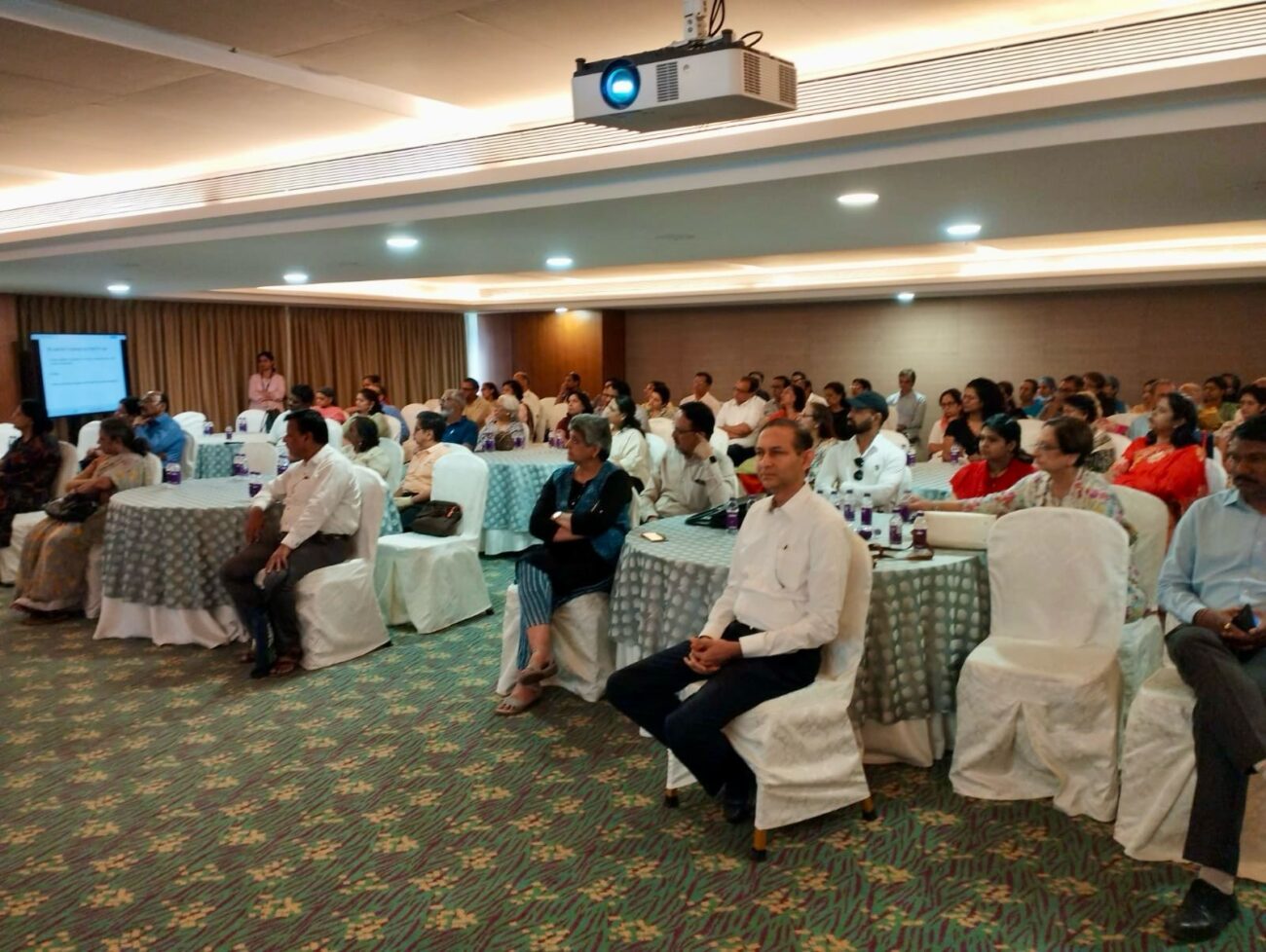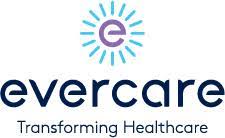Pricing the CART Cell Therapy- Indian Perspective
by-Bhavya Bhasin Abstract The Chimeric Antigen Receptor- T Cell (CAR-T Cell) therapy is a ray of hope for patients suffering from refractory Acute Lymphoblastic Leukemia (ALL) under the therapy name “Kymirah” by Novartis. It is a disease
by-Bhavya Bhasin
Abstract
The Chimeric Antigen Receptor- T Cell (CAR-T Cell) therapy is a ray of hope for patients suffering from refractory Acute Lymphoblastic Leukemia (ALL) under the therapy name “Kymirah” by Novartis. It is a disease which earlier had bone marrow transplant as the only last stage option which would require the availability of a donor. When desirous to see India as a market for this therapy, one crucial aspect to consider is whether the purchasing power of the Indian populace is in concert with the cost? This article focuses on the different pricing strategies available for CAR-T Cell Therapy in India and throws light on the applicable aspects of each.
CAR-T Cell Therapy
With the approval of the first CAR-T Cell Therapy by the US FDA (Kymirah, Novartis), there comes the obvious question as to at what price would this therapy be launched in India? The innovative efforts involved in the making of a therapy as magnanimous as CAR-T Cell, demands an equally innovative pricing model to make it accessible and have a meaningful contribution to the life of the patient. Ideally, a hybrid solution encompassing various pricing models would be the need of the hour. Figure 1 highlights in brief, the working of the CAR-T Cell Therapy.
Pricing Models Available for CAR-T Cell Therapy
Mapping the patient journey throughout the progression of deadly cancer of ALL, the most important aspect of this super specialty therapy like CAR-T Cell is the value it adds in the life of the patient suffering from cancer. The patient suffering from ALL at an advanced stage would face immense psychological trauma in which such therapies have come as a ray of hope. The weighted amount of quality added to the patient’s life can be expressed in terms of Quality Adjusted Life Years post treatment with CAR-T Cell Therapy.
The immediate alternative available to immunooncology is bone marrow transplant. The price of which could be anywhere between Rs. 12,00,000 to 44,00,000 in Indian currency, equivalent to US$17,500-64,700. But bone marrow transplant is associated with the requirement of donor matching! A competitive pricing would make sure that CART Cell Therapy is considered as an alternative to bone marrow transplant by the patients.
The most essential model required by pharma giants is GDP based pricing. The current pricing of the CART Cell Therapy being US $475,000 which would literally translate into 3,00,00,000INR, a price too exorbitant to be even considered by the middle income and low-income families which constitute a majority of the Indian population. Considering the purchasing power of the population and the GDP of India, the price of the CAR-T Cell Therapy would go down by a factor of 44.3 (ratio of GDP of USA and India) making the price 30,00,000-35,00,000INR equivalent to US$44,000-51,500. There has to be a careful balance of the investments going into the CART Cell Therapy and deciding the cost of the therapy for the developing countries. What makes it a matter of significant concern is the affordability of the CART Cell Therapy even if it is priced at 30,00,000-35,00,000 INR equivalent to US$44,000-51,500.
Even with the purchasing power of the population of the US being 44.3 times higher than Indian population, the price of the CART Cell Therapy in US is in concert with a “Pay-for-Performance” scheme for Kymirah, where the payment is made by the insurance companies only after the therapy has shown positive results. However, in a country like India, this model holds the drawback of not having the involvement of insurance companies who otherwise are the main stakeholders in the “Pay-for-Performance” model. Applying an outcome-based pricing model for India will require more innovative models including EMI based payment in collaboration with financing institutes for the population above the poverty line. For below the poverty line population, more intensive strategies would be required ranging from assistance programs to social work.
Out of all the four models (competitive pricing, GDP based pricing, value-based pricing and outcome-based pricing) discussed, the outcome-based model is the most critical one. It links the cost directly to the benefits being provided by the therapy. Implementing this model will require significant infrastructure development and rearrangement in order to improve the accessibility of this life saving therapy.
Acceptable Model for India
Of all the four models discussed, there can be no standalone model that would help in pricing the CART Cell Therapy in India. Given the amount of innovation brought about by this therapy, it has to be justified with an equally innovative pricing strategy which would ideally be an amalgam of the different strategies discussed so far.
An additional matter of concern is the regulatory environment of the Indian pharmaceutical industry which ensures strict price regulation to make sure that life saving medicines and devices are available to the public at affordable rates. With price capping of pharmaceutical products and medical devices, India might cease to exist as a viable market for the CART Cell Therapy especially for the multinational companies.
Conclusion
India holds a promising potential for CAR-T Cell Therapy. But with the domestic players also gearing up, the innovator therapies will face greater competition for launching this therapy in India. IIT Bombay’s researchers have been working on CAR-T Cell Therapy extensively along with some leading Biopharma companies and the clinical trials are to be conducted at the Tata Memorial Hospital in Mumbai. Whether the home-grown therapies will be cheaper than the innovator therapy Kymirah, by Novartis, still continues to be a question mark!






